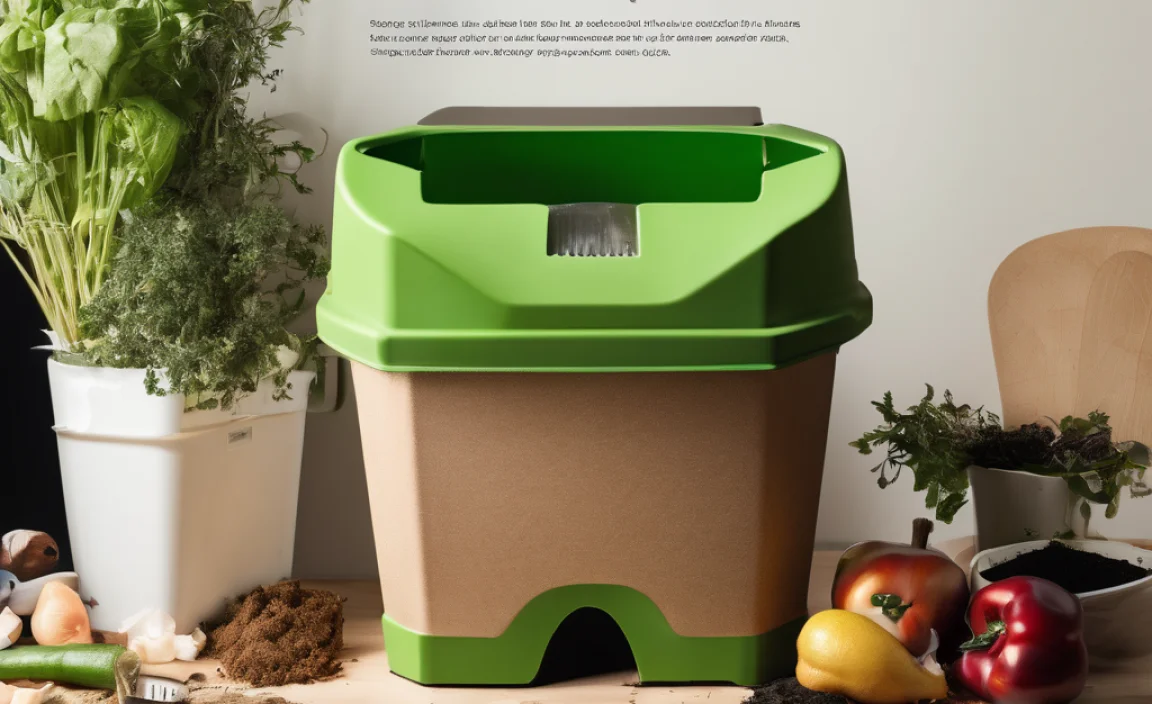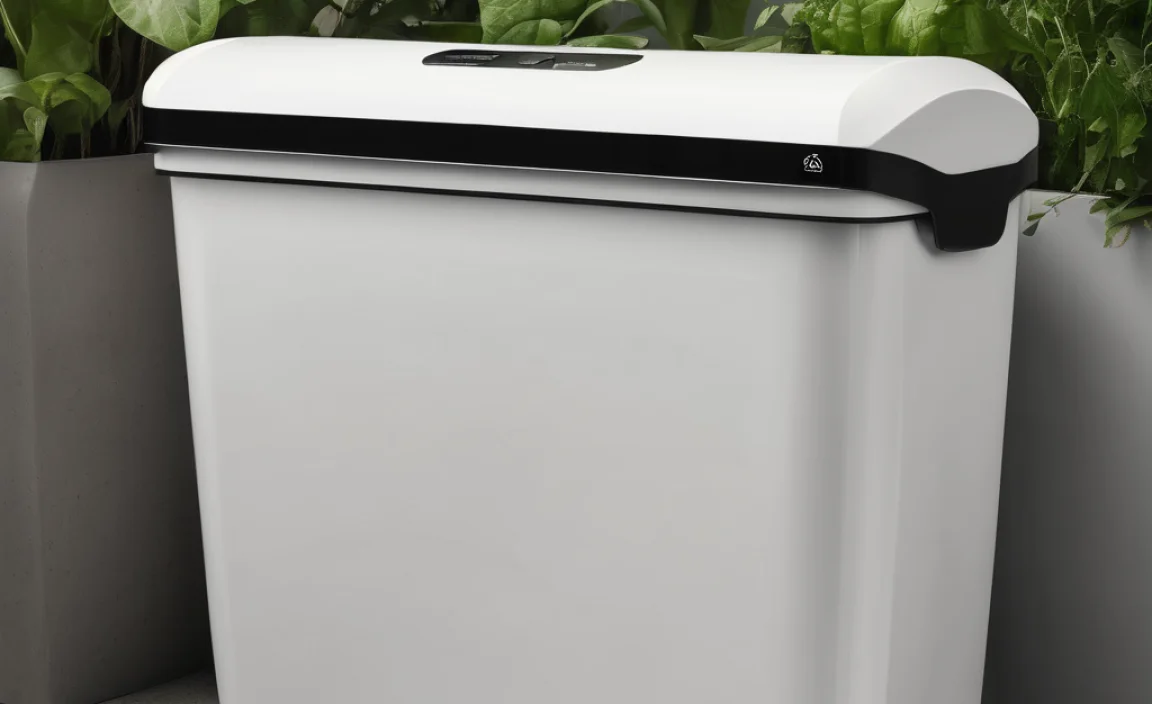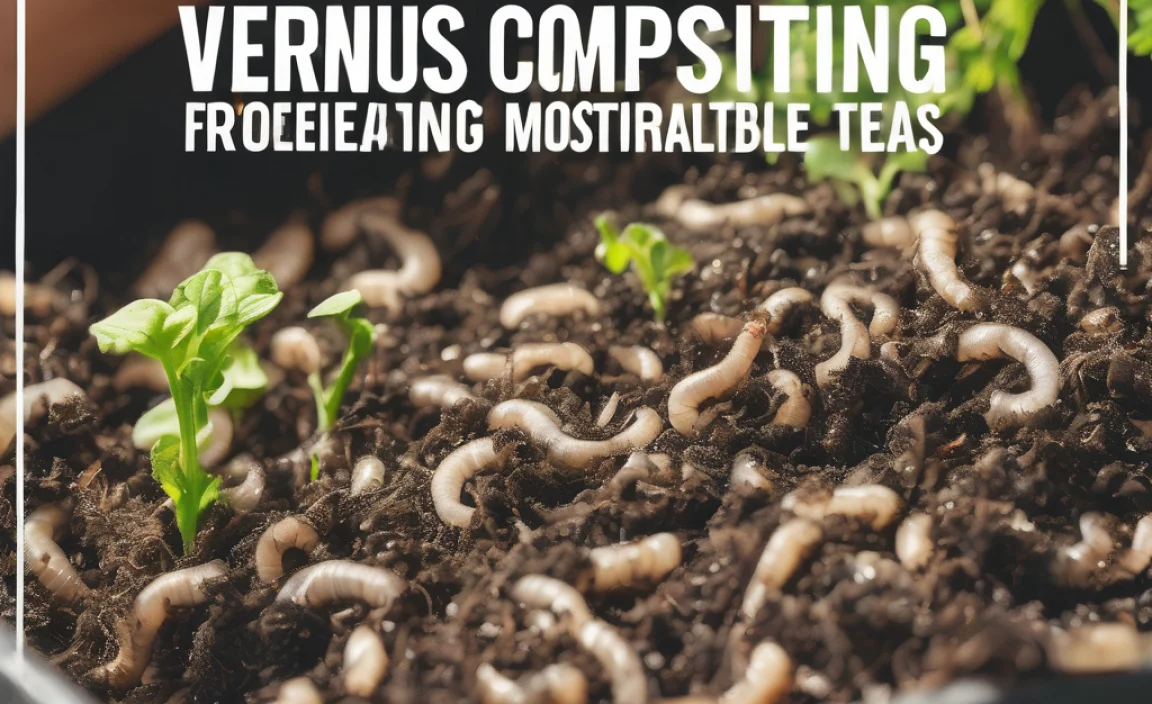Why Compost in Schools? It’s More Than Just Dirt!
Composting at school isn’t just about turning food scraps into fertilizer. It’s a hands-on learning experience! Students get to see science in action, understand the lifecycle of organic materials, and develop a sense of environmental responsibility. Plus, it significantly cuts down on the amount of trash sent to landfills, which is a win for everyone.
Think about it: school cafeterias and classrooms generate a lot of organic waste – from apple cores and banana peels to paper towels and plant trimmings. Instead of tossing it all, composting turns it into a valuable resource for school gardens or local community projects. It’s a powerful lesson in reducing, reusing, and recycling.
Understanding the Costs: What to Expect
When we talk about the “composting for schools cost,” it’s helpful to think of it in a few different categories: initial setup, ongoing supplies, and potential labor or volunteer time. The great thing is that many of these costs can be reduced or even eliminated with smart planning and community involvement.
Initial Setup Costs: Getting Started
This is where you’ll likely see the biggest upfront investment, but it’s also where you have the most flexibility. The primary cost here is the composting system itself.
Types of Composting Systems for Schools
The type of composting system you choose will heavily influence the cost. Here are a few common options:
- DIY Bins: Building your own compost bins from pallets, wire mesh, or simple lumber is the most budget-friendly option. It requires some basic DIY skills and materials, but the cost is often minimal.
- Purchased Tumblers: These are sealed bins that rotate, making turning easier and speeding up the process. They can range from a few hundred dollars for a basic model to over $500 for larger, more robust units.
- Worm Composting (Vermicomposting): This involves using special composting worms (like red wigglers) to break down food scraps. A worm bin can be purchased or built for relatively low cost, and the ongoing supplies are minimal.
- Centralized School Composting Services: In some areas, municipalities or private companies offer collection services for organic waste from schools. This can reduce the need for on-site bins but comes with a recurring fee.
Material Costs for Systems
If you’re building your own, you’ll need materials. For a simple pallet bin, you might pay for:
- Used pallets (often free from local businesses)
- Screws or zip ties
- Wire mesh for a lid (optional, to deter pests)
For purchased bins, the cost is the unit itself. If you’re thinking about vermicomposting, you’ll need:
- A suitable bin (plastic storage containers can be DIYed)
- Bedding material (shredded newspaper, coconut coir)
- Composting worms (around $30-$50 for a starter population)
A good resource for understanding different composting methods is the EPA’s composting information, which outlines various approaches you might adapt for a school setting.
Tools and Equipment
Beyond the bin, you might need a few basic tools:
- Shovels or pitchforks for turning
- Buckets or bins for collecting scraps from classrooms and the cafeteria
- Gloves for handling materials
- A thermometer to monitor compost temperature (optional, but helpful)
- Watering can or hose for moisture control
Many of these items might already be available at the school through the custodial staff or a science department. If purchasing, prices are generally modest.
Ongoing Supply and Maintenance Costs
Once your system is set up, there are a few regular expenses, though they are typically quite low.
Carbon Materials (Browns)
Composting requires a balance of “greens” (nitrogen-rich materials like food scraps) and “browns” (carbon-rich materials like dry leaves, shredded paper, or cardboard). You’ll need a consistent supply of browns:
- Dry Leaves: Often free if you have access to school grounds or can collect from the community in the fall.
- Shredded Paper/Cardboard: Can be sourced from school recycling bins or obtained free from local businesses.
- Wood Chips/Sawdust: Sometimes available for free or at a low cost from local landscapers or mills.
The cost here is usually minimal, especially if you can tap into existing school resources or local sources.
Tools and Consumables
You might need to replace worn-out tools over time or purchase small items:
- New gloves.
- Replacement parts for a purchased composter.
- Potentially, a larger collection bin if the program expands.
Water
Compost needs to be kept moist, like a wrung-out sponge. While you’ll use existing water sources, there’s a small increase in water usage to consider.
Labor and Volunteer Costs
This is often the biggest “hidden” cost, but it doesn’t always mean money out of pocket.
- Staff Time: Custodial staff or teachers might be involved. This can be part of their existing duties or require allocation of extra time.
- Student Involvement: Many schools integrate composting into science classes or environmental clubs, where students contribute labor as part of their learning.
- Volunteer Support: Parent or community volunteers can be invaluable for collection, turning, and managing the compost.
The financial cost is minimal if you can leverage existing staff, student enthusiasm, and community volunteers effectively.
Cost Breakdown: A Sample Scenario
Let’s look at a couple of scenarios to give you a clearer picture of the “composting for schools cost.” These are estimates, and actual prices will vary based on location and specific choices.
Scenario 1: The DIY, Low-Cost Approach
This is ideal for schools on a very tight budget, relying on community resources and volunteer power.
| Item | Estimated Cost | Notes |
|---|---|---|
| DIY Compost Bin Materials (e.g., pallets, screws) | $0 – $50 | Pallets often free; screws are inexpensive. |
| Shovels/Pitchforks/Buckets | $0 – $100 | May already be available; modest cost if new. |
| Collection Bins (for cafeteria/classrooms) | $50 – $150 | Inexpensive plastic bins. |
| Initial Carbon Material (if not fully sourced free) | $0 – $50 | Local leaf collection can be free. |
| Total Initial Setup (DIY) | $50 – $350 | Highly variable based on scavenging success. |
| Ongoing Supplies (occasional bags of potting soil mixer, maybe compost starter) | $20 – $50 per year | Minimal; reuses most materials. |
Estimated Total First Year Cost: $70 – $400
Estimated Ongoing Annual Cost: $20 – $50
Scenario 2: The Purchased Tumbler or Larger System
This option offers more convenience and potentially faster results but has a higher initial investment.
| Item | Estimated Cost | Notes |
|---|---|---|
| Purchased Compost Tumbler (2-bin system) | $300 – $700 | Durable plastic, easier to manage. |
| Tools (shovels, buckets) | $50 – $100 | If school doesn’t have them. |
| Collection Bins (for cafeteria/classrooms) | $50 – $150 | Essential for collecting food scraps. |
| Initial Carbon Material | $20 – $50 | May need to supplement if not readily available. |
| Total Initial Setup (Purchased) | $420 – $1000 | Depends on the quality of the tumbler. |
| Ongoing Supplies (occasional additions) | $30 – $70 per year | May include compost activators or minor repairs. |
Estimated Total First Year Cost: $450 – $1070
Estimated Ongoing Annual Cost: $30 – $70
Scenario 3: Vermicomposting System
Excellent for educational purposes and small-scale composting suitable for classrooms or small cafeterias.
| Item | Estimated Cost | Notes |
|---|---|---|
| Vermicompost Bin (DIY or purchased kit) | $30 – $150 | Simple plastic bins can be modified. |
| Composting Worms (Red Wigglers) | $30 – $50 | Starter culture. |
| Bedding Material (shredded paper, coco coir) | $10 – $30 | For initial setup. |
| Collection Bucket for Scraps | $10 – $30 | Small, easy-to-manage bin. |
| Total Initial Setup (Worm) | $80 – $260 | Relatively low barrier to entry. |
| Ongoing Supplies (food scraps, occasionally more bedding) | $5 – $15 per year | Worms reproduce, food scraps are free. |
Estimated Total First Year Cost: $85 – $275
Estimated Ongoing Annual Cost: $5 – $15
Ways to Reduce Composting for Schools Cost
The “composting for schools cost” can be significantly lowered with a little creativity and community support. Here are some tried-and-true methods:
- Utilize School Grounds: Collect fallen leaves and yard waste from your own school property. This is a free and abundant source of carbon material.
- Partner with Local Businesses: Many businesses have large amounts of cardboard (from deliveries) or wood scraps. Ask if they’d be willing to donate these materials. Graphic printers might also have paper scraps.
- Tap into Community Resources: Organize a “leaf drive” with parents and local residents to collect leaves in the fall.
- Seek Grants: Many environmental organizations, local governments, and even larger corporations offer grants for school sustainability projects. A composting program is a perfect candidate! Look into organizations like the EPA’s Environmental Education Grants Program (though deadlines and availability vary).
- Fundraise: Engage students in fundraising activities. Car washes, bake sales, or selling compost-made products (like seedling pots) can help offset costs.
- DIY Equipment: As mentioned, building your own bins from recycled materials is incredibly cost-effective.
- Volunteer Power: Recruit parent volunteers, local gardening club members, or community organizations to help with collection, maintenance, and education. Their time is invaluable!
- Start Small: Begin with a single classroom or the cafeteria instead of trying to compost everything at once. This allows you to experiment, learn, and grow the program manageable costs.
The Long-Term Value: Beyond the Dollar Amount
While we’re focusing on the “composting for schools cost,” it’s essential to remember the incredible long-term value. The compost produced can:
- Enrich school gardens, reducing the need to buy fertilizer and improving crop yields.
- Teach students about soil health and the importance of organic matter.
- Provide materials for science projects and hands-on learning.
- Reduce the school’s waste hauling fees (in some cases, this can lead to direct savings).
- Foster a culture of sustainability and environmental stewardship within the school community.
These benefits have a profound impact that far outweighs the initial monetary investment.
Conclusion
Starting a composting program at your school is an investment that pays dividends far beyond the initial “composting for schools cost.” By understanding the potential expenses and actively seeking ways to reduce them through DIY solutions, community partnerships, and volunteer efforts, you can create a vibrant, educational, and sustainable program.
Whether you opt for a simple pallet bin or a more advanced tumbler, the impact on student learning and environmental awareness is immense. The journey to a greener school starts with a conscious choice to turn waste into a valuable resource, proving that sustainability can be both effective and achievable. So, gather your team, explore your options, and get ready to grow something amazing!
Frequently Asked Questions (FAQ)
Q1: What’s the most affordable way to start composting at school?
The most affordable way is to build your own compost bins using recycled materials like free pallets or wire mesh. Supplementing with locally collected yard waste (leaves, grass clippings) for carbon also keeps costs down. Engaging student and parent volunteers for labor significantly reduces expenses.
Q2: Do I need special bins for composting school lunch waste?
You need collection bins for the cafeteria and classrooms to gather the food scraps. For the composting itself, you can use DIY bins, purchased tumblers, or even worm bins, depending on your chosen composting method. Key is a system that can handle the volume and type of waste.
Q3: How much space does a school composting system typically require?
It varies. A DIY pallet bin might need a 3x3x3 foot space. A tumbler system is more compact. Worm bins can fit in a classroom corner or under a sink. If you’re collecting a lot of material, you might need a larger area for curing compost. Often, an underutilized corner of school grounds or even a paved area works well.
Q4: Are there any hidden costs I should be aware of for a school composting program?
Potential hidden costs could include the time of staff responsible for overseeing the program, increased water usage for maintaining moisture, or the need for pest deterrents if bins aren’t managed properly. However, most of these can be mitigated with good planning and community involvement.
Q5: Can students be directly involved in the composting process?
Absolutely! Students can be in charge of collecting scraps, adding materials to the bin, turning the compost (with supervision), and using the finished compost in school gardens. Many schools integrate composting into science curricula, environmental clubs, or community service projects.
Q6: How long does it take to produce usable compost from school waste?
This depends on the method. Tumblers can produce compost in as little as 4-8 weeks under ideal conditions. Traditional pile composting might take 2-6 months. Worm composting produces “worm castings” continuously as worms process food. Proper moisture, aeration, and material balance speed up the process.

I am passionate about home engineering. I specialize in designing, installing, and maintaining heating, ventilation, and air conditioning systems. My goal is to help people stay comfortable in their homes all year long.




